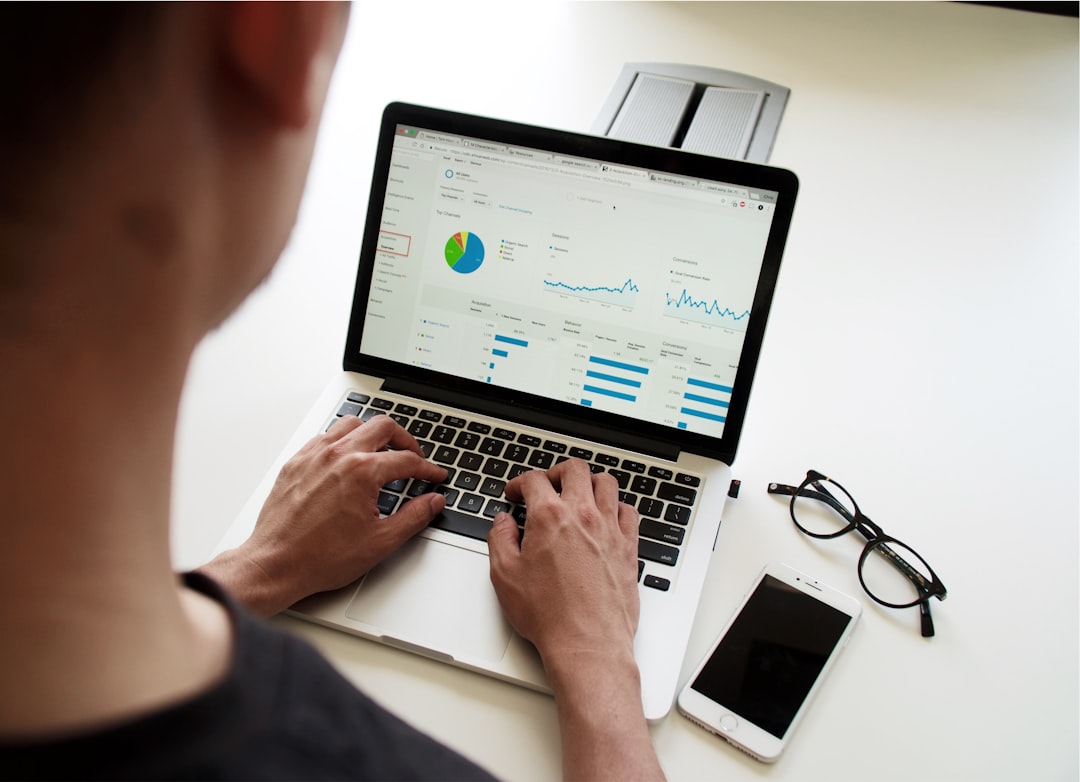
RealTime Data Analytics Through Intranet Telemetry Sensors Integration
In today’s fast-paced digital landscape, the need for instantaneous data processing and analysis is more crucial than ever. RealTime Data Analytics Through Intranet Telemetry Sensors Integration is revolutionizing the way organizations collect, analyze, and leverage data. This integration not only enhances decision-making but also drives operational efficiency across various sectors.
Understanding Telemetry Sensors
Telemetry sensors are devices designed to collect data from remote or inaccessible locations and transmit it back to a central system for analysis. These sensors can monitor various parameters, such as temperature, humidity, pressure, and other environmental factors. When integrated into an intranet system, these sensors enable organizations to gather real-time data efficiently.
The Role of Intranet in Data Analytics
An intranet serves as a private network that facilitates communication and data-sharing among employees within an organization. By integrating telemetry sensors into this network, organizations can ensure that data is processed and analyzed in real-time without external interference. This level of integration allows for quicker insights and more agile responses to operational challenges.
Benefits of RealTime Data Analytics
1. Enhanced Decision-Making
With real-time data at their fingertips, organizations can make informed decisions quickly. For instance, a manufacturing facility can monitor machinery performance and receive alerts on potential failures before they occur. This proactive approach minimizes downtime and saves costs.
2. Operational Efficiency
Real-time analytics enables organizations to optimize their operations. For example, energy companies utilize telemetry sensors to monitor energy consumption and optimize resource allocation. By analyzing data trends, organizations can identify inefficiencies and implement corrective measures swiftly.
3. Improved Customer Experience
In sectors like retail, real-time data analytics can significantly enhance customer experiences. By tracking consumer behaviors through telemetry sensors, businesses can personalize offerings and improve service delivery, leading to increased customer satisfaction and loyalty.
Current Developments and Emerging Trends
The integration of Internet of Things (IoT) devices with telemetry sensors is a key trend driving the evolution of real-time data analytics. As IoT technology continues to advance, organizations are increasingly adopting smart sensors that can process data locally before transmitting it to the intranet. This not only reduces latency but also enhances data security.
Furthermore, machine learning algorithms are being integrated with telemetry data analytics to predict future trends based on historical data. For instance, predictive maintenance models can significantly reduce operational costs by forecasting equipment failures before they happen.
Practical Applications: Case Studies
Smart Agriculture
In smart agriculture, telemetry sensors are used to monitor soil moisture levels and weather conditions. By integrating this data into an intranet system, farmers can access real-time analytics to make informed decisions about irrigation and crop management. This integration has been shown to increase crop yields while conserving water resources.
Healthcare Monitoring
Healthcare facilities are leveraging telemetry sensors to monitor patients’ vital signs in real-time. This data is transmitted through intranet systems to healthcare professionals, allowing for immediate intervention if necessary. Such applications have been crucial in improving patient outcomes and operational efficiency in hospitals.
Expert Insights
According to Dr. Jane Doe, a leading data scientist in real-time analytics, “The integration of telemetry sensors with intranet systems marks a significant leap forward in how organizations can leverage data. It allows for a level of insight and responsiveness that was previously unattainable.”
Further Reading and Resources
To deepen your understanding of RealTime Data Analytics Through Intranet Telemetry Sensors Integration, consider exploring the following resources:
- Understanding IoT and Telemetry
- Real-Time Data Analytics: A Complete Guide
- Implementing IoT in Smart Agriculture
Conclusion
RealTime Data Analytics Through Intranet Telemetry Sensors Integration is not just a technological advancement; it is a paradigm shift that empowers organizations to harness the power of data like never before. By adopting these systems, organizations can enhance decision-making, improve operational efficiency, and provide superior customer experiences.
Stay ahead of the curve by exploring real-time analytics tools and considering how they can be integrated into your existing systems. Engaging with these technologies will not only prepare your organization for the future but also position it as a leader in innovation.
For more insights on this topic and other technology trends, consider subscribing to our newsletter or sharing this article with your network.


